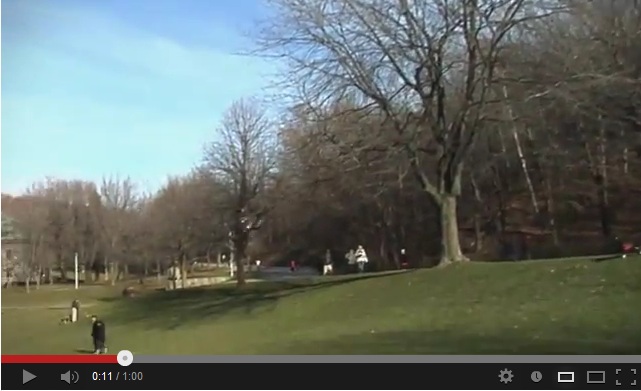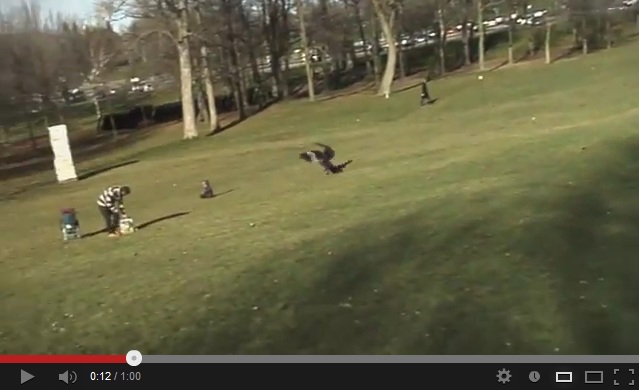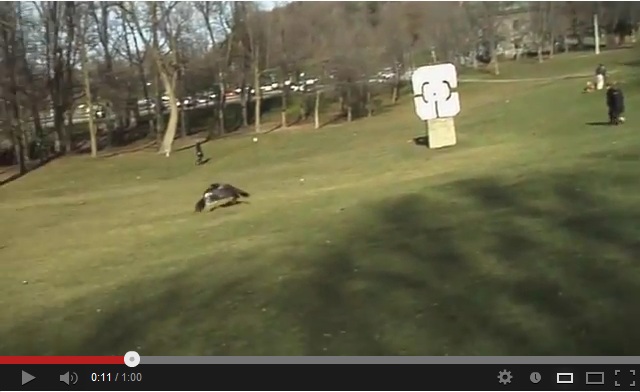The assumption that all “pterodactyls” became extinct long ago—that idea is old itself. According to the third edition of Searching for Ropens and Finding God, it seems to have started at the time of George Washington and Benjamin Franklin, in the late 1700’s:
Four years before George Washington was elected to his first term in the United States, Cosimo Collini made the first pterosaur-fossil examination in Europe. Nobody knew anything about radiometric dating in 1784, not even Benjamin Franklin, but Mr. Collini knew something was special about this animal. . . .
Mr. Collini, however, thought that the strange creature was a swimmer, not a flyer. It took a few years, at least, for that mistake to be cleared up: Pterosaurs have wings, not flippers:
Our first exposure to a world in which a giant reptile might fly—that came from Georges Cuvier in 1801, although the fossil was small. Eight years later, a new name was born, not the one now used by scientists for a general type, “pterosaur,” but a name cherished by compromising non-scientists: “pterodactyl.”
Those early scientists in Europe began their pterosaur-fossil research with an assumption that has become cemented into Western culture: the idea that all species of pterosaurs became extinct long ago. But that was only an assumption. Indeed, there is no scientific test for the extinction of any species of any type of creature, let alone a more general type. By the late nineteenth century, Americans and other Westerners had been so deeply indoctrinated into that assumption that any report of anything like a living dragon or living pterosaur (or “pterodactyl”) was generally treated with contempt. Consider the following brief excerpt that is quoted more extensively in the nonfiction book Searching for Ropens and Finding God:
It is true, as our contemporary observes, that geological eras overlap and that an occasional specimen of the fauna or flora of one era is found in the fossils of its successor. But for that to be the case the eras must follow each other without break. There is no more chance of finding at the present day a living member of the vast reptile family which flourished in the cretaceous age than there is of Noah’s Ark coming into port and anchoring off Meiggs Wharf. Not only is that the case, but quite a considerable number of species of animals which lived in the present era a few centuries ago have died out, or are dying out. . . . In our own time the buffalo is rapidly disappearing. It will cease to exist unless care is taken to preserve a few members of the family in public parks. They write from Australia that the kangaroo is growing scarce. It also will probably only survive in captivity. . . . [The Morning Call newspaper of San Francisco, Wednesday, August 5, 1891]
Notwithstanding critics of reports of modern living pterosaurs, eyewitnesses continue to come forward and the investigation of those reports continues.
###

Third edition of what was titled “Searching for Ropens”
.






